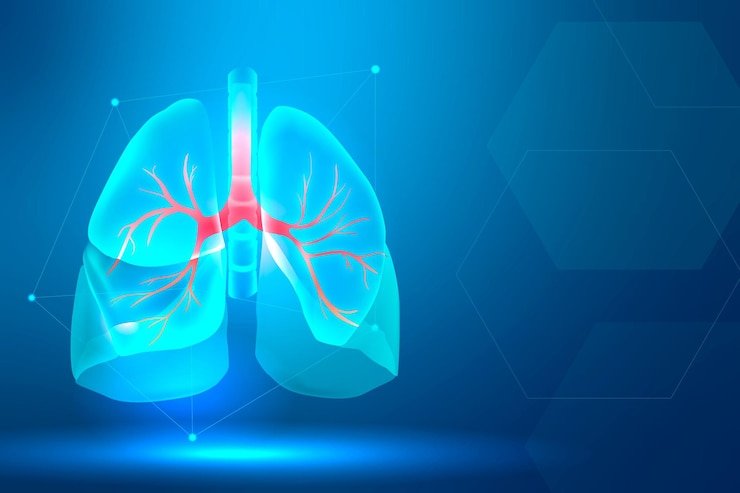Exploring Exercise Testing: Its Purpose, Procedures, and Benefits.
Exercise testing is a valuable diagnostic tool used in the field of medicine and sports science to assess various aspects of physical fitness, cardiovascular health, and respiratory function. This article delves into the purpose of exercise testing, outlines the procedures involved, and highlights the significant benefits it offers to individuals and healthcare professionals.Best Chest Specialist in Naraina Vihar
To Know More About It Please Click Here
Purpose of Exercise Testing
The primary purpose of exercise testing is to evaluate how the body responds to physical exertion and stress. This assessment helps healthcare providers, exercise physiologists, and sports scientists gather important information about an individual’s:
- Cardiovascular Fitness: Exercise testing assesses the heart’s ability to pump blood efficiently during physical activity. It helps identify cardiovascular abnormalities such as heart rate irregularities, insufficient blood flow to the heart, or signs of coronary artery disease.
- Respiratory Function: By measuring oxygen consumption and carbon dioxide production during exercise, testing can identify respiratory limitations, such as exercise-induced asthma or chronic obstructive pulmonary disease (COPD).
- Exercise Capacity: Exercise testing quantifies an individual’s aerobic capacity (VO2 max) and endurance level. This information is vital for designing personalized exercise programs and assessing fitness levels.
- Risk Stratification: Exercise testing helps stratify individuals into low-, moderate, or high-risk categories for cardiovascular events during physical activity. It assists in identifying those who may require further medical evaluation or intervention before engaging in exercise.
Procedures Involved in Exercise Testing
The procedures for conducting exercise testing typically involve the following steps:
- Baseline Assessment: Before beginning the test, baseline measurements are taken, including resting heart rate, blood pressure, oxygen saturation, and sometimes an electrocardiogram (ECG) to establish a comparison for changes during exercise.
- Exercise Protocol: Patients or participants perform a structured exercise regimen on a treadmill, stationary bike, or other equipment. The intensity of exercise gradually increases according to a standardized protocol (e.g., Bruce protocol for treadmill testing).
- Continuous Monitoring: Throughout the test, vital signs such as heart rate, blood pressure, and ECG are continuously monitored to assess cardiovascular response and detect abnormalities.
- Symptom Evaluation: Participants are encouraged to report any symptoms experienced during exercise, such as chest pain, shortness of breath, dizziness, or fatigue. This feedback is crucial for interpreting test results and ensuring safety.
- Post-Exercise Assessment: After completing the exercise phase, participants undergo a recovery period during which vital signs and ECG readings are monitored to evaluate how quickly the body returns to its resting state.Best Chest Specialist in Naraina Vihar
Benefits of Exercise Testing Best Chest Specialist in Naraina Vihar
Exercise testing offers several key benefits to individuals and healthcare professionals:
- Diagnostic Insights: Exercise testing provides valuable diagnostic information about cardiovascular and pulmonary health, enabling early detection of abnormalities and targeted interventions.
- Fitness Assessment: It quantifies aerobic capacity and exercise tolerance, aiding in the development of tailored exercise prescriptions for rehabilitation, training, or performance enhancement.
- Risk Stratification: By assessing cardiovascular responses to exercise, testing helps stratify individuals based on their risk of cardiovascular events during physical activity.
- Treatment Guidance: Exercise testing guides medical and exercise professionals in prescribing appropriate exercise regimens, monitoring treatment responses, and optimizing cardiovascular health.
To Know More About It Please Click Here
Conclusion
Exercise testing is a vital tool for assessing cardiovascular and respiratory function, exercise capacity, and overall health. By evaluating physiological responses to exercise stress, healthcare providers can make informed decisions about diagnosis, treatment, and exercise prescription. Understanding the purpose, procedures, and benefits of exercise testing empowers individuals to optimize their fitness levels, manage health conditions effectively, and improve overall well-being through structured physical activity. If you are considering exercise testing, consult with a qualified healthcare professional or exercise physiologist to discuss its relevance to your specific health and fitness goals.Best Chest Specialist in Naraina Vihar








